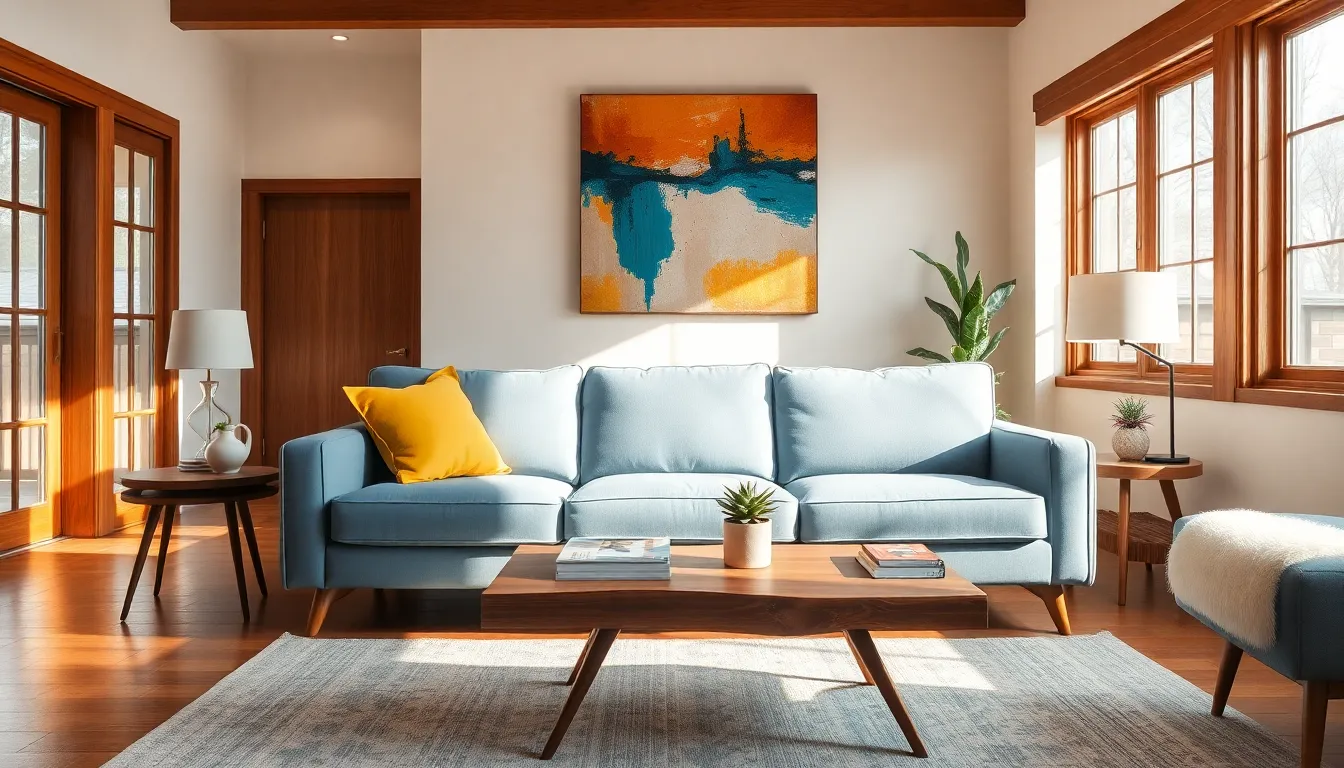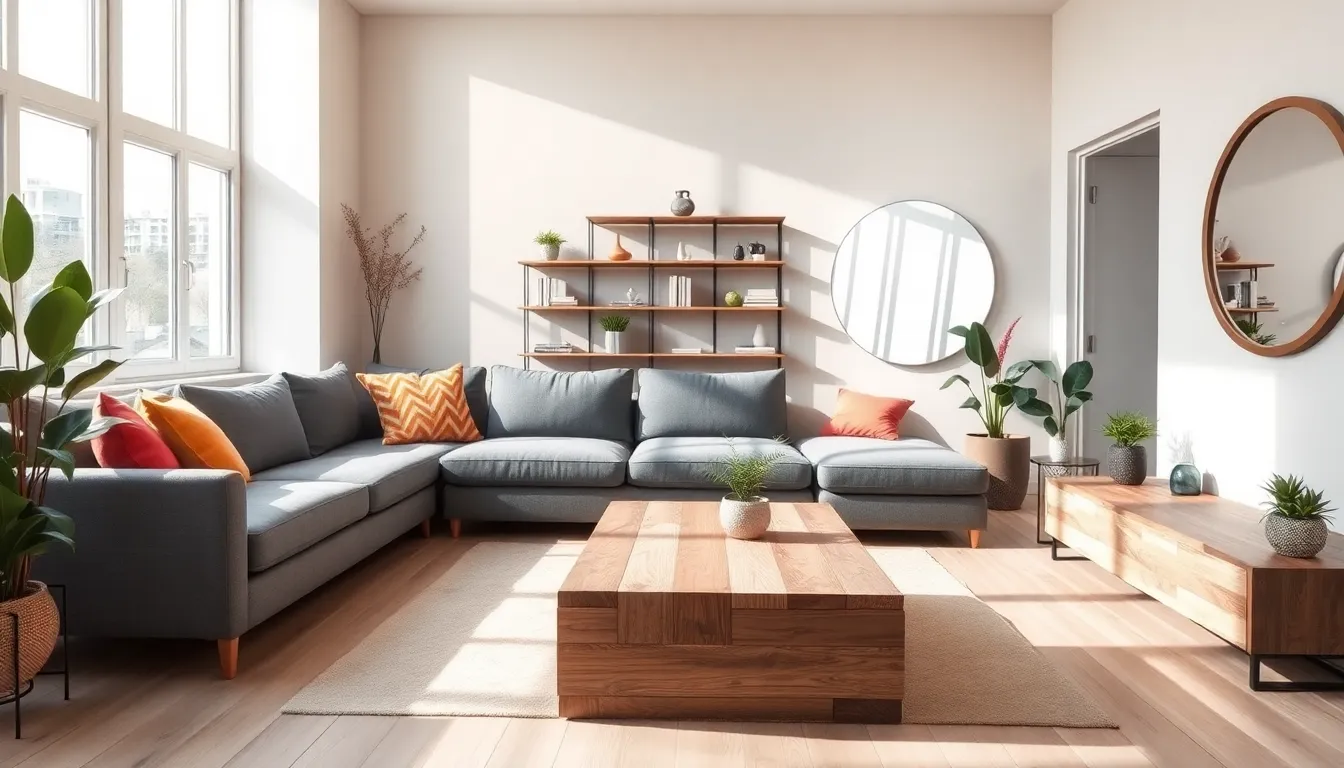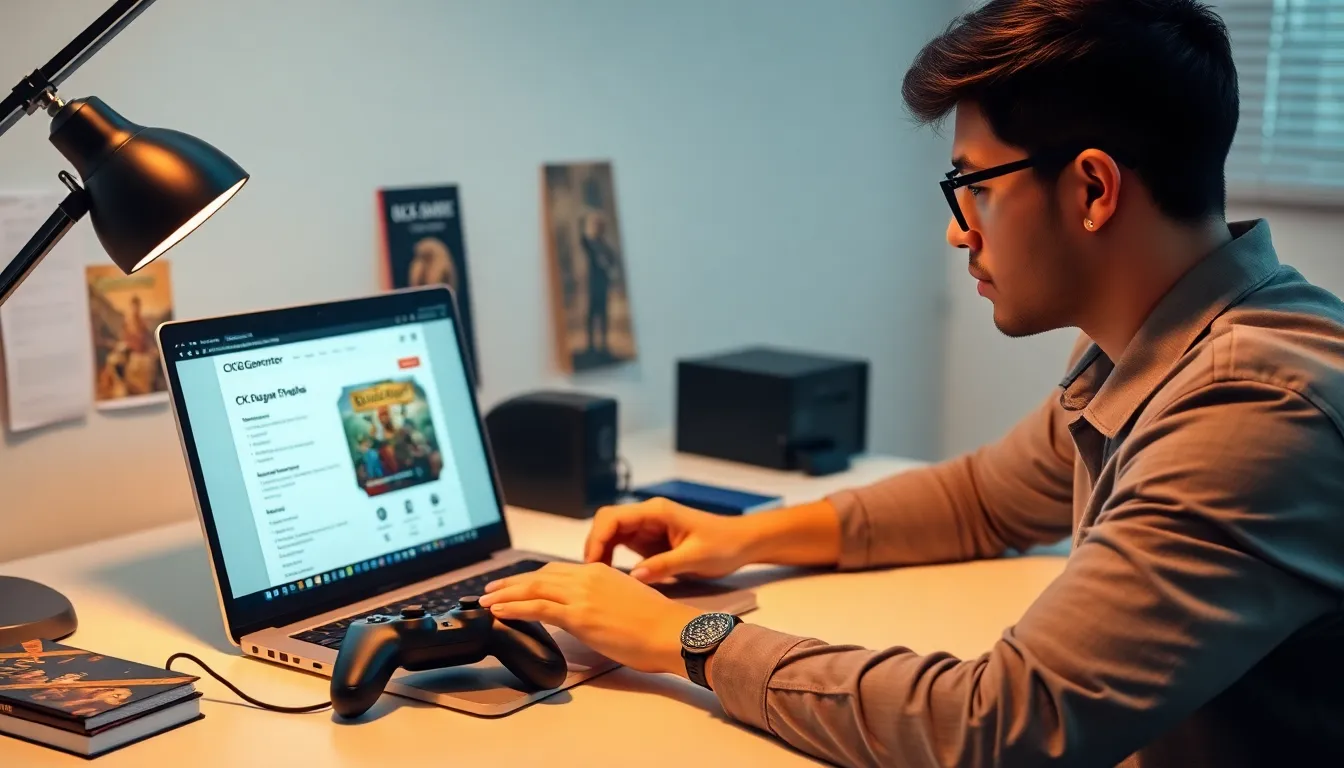Table of Contents
ToggleIn today’s fast-paced real estate market, the aesthetic and functional aspects of interior design are more important than ever. Homerocketrealty, a notable name in the realm of property management, embraces innovative interior designs that enhance livability and value. This article delves into essential concepts, popular styles, and practical tips for creating stunning interiors that resonate with potential buyers and renters alike.
Understanding Interior Design Concepts

Interior design is more than just arranging furniture and selecting color palettes: it involves a harmonious blend of aesthetics and functionality. A primary goal is to create spaces that are not only visually appealing but also meet the needs of the inhabitants. At its core, interior design encompasses several aspects:
- Space Planning: This involves the efficient arrangement of space to ensure it is used to its maximum potential. Effective layout contributes significantly to the overall design.
- Color Theory: Understanding how colors interact is crucial. Color can influence moods, perceptions, and even spatial dimensions.
- Lighting: Proper lighting can dramatically enhance the atmosphere of a room. Combining natural and artificial lighting sources is essential for creating a warm, welcoming environment.
- Furniture Selection: Choosing the right furniture for the intended use of the space is vital for both comfort and style.
- Texture and Material: Balancing different textures adds depth and interest to a space, making it more inviting.
Together, these concepts form the foundation of a well-executed interior design scheme.
The Importance of Interior Design
Interior design plays a critical role in real estate, impacting both property value and tenant satisfaction. A well-designed interior can:
- Enhance Property Value: Homes and commercial spaces with appealing interior designs often command higher prices and quicker sales. Buyers and renters are more likely to invest in properties that showcase thoughtful interiors.
- Improve Functionality: Good design maximizes space, making homes feel larger and more functional. This is especially important in urban areas where space can be limited.
- Create Atmosphere: Interior design sets the tone for a space, influencing how people feel when they enter. A well-designed home can evoke feelings of comfort, relaxation, and even productivity.
- Reflect Personal Style: In renting or owning, interior design gives individuals an opportunity to express themselves and create a space that feels uniquely theirs.
So, understanding and applying effective interior design principles is essential for anyone involved in real estate.
Popular Interior Design Styles
The realm of interior design offers a variety of styles, each with its unique charm and characteristics. Here are some of the most popular styles among today’s homeowners:
- Modern: Characterized by clean lines, minimalism, and functional furniture, modern design focuses on simplicity and open space.
- Contemporary: Often confused with modern, contemporary design is fluid and always evolving, reflecting current trends while incorporating bold colors and textures.
- Farmhouse: This style blends rustic elements with modern sophistication. Exposed wood beams, shiplap walls, and neutral color palettes make it a popular choice.
- Industrial: Featuring raw materials like metal and wood, industrial design embraces a rustic feel with an urban edge.
- Scandinavian: Known for its simplicity, functionality, and connection to nature, Scandinavian design uses neutral colors and natural materials to create a serene environment.
- Bohemian: This eclectic style embraces vibrant colors, patterns, and a mix of textures, reflecting a carefree and artistic spirit.
Understanding these styles helps homeowners and investors make informed design choices that appeal to potential buyers or tenants.
Tips for Maximizing Space
Maximizing space in interior design is crucial, especially in smaller homes or apartments. Here are several tips to achieve this:
- Use Multi-Functional Furniture: Opt for furniture that serves multiple purposes, such as a sofa bed or an ottoman with storage, to save space.
- Create Vertical Storage: Use vertical space by installing shelving units and cabinets that extend upwards. This keeps the floor clear and creates an illusion of height.
- Incorporate Mirrors: Adding mirrors can make spaces appear larger and brighter by reflecting light.
- Keep Colors Light: Lighter colors on walls and ceilings can open up a room, making it feel expansive.
- Declutter: Regularly evaluate possessions and remove unnecessary items. A clutter-free space feels larger and more inviting.
- Open Layouts: If possible, consider an open floor plan to enhance flow and reduce the feeling of confinement.
These strategic choices enhance functionality while preserving aesthetic appeal.
Incorporating Color and Texture
Color and texture are vital elements in interior design, impacting the overall mood and experience within a space. Here’s how to effectively use these elements:
- Choose a Color Palette: Selecting a cohesive color palette sets the tone for the entire space. Trending palettes often include a balance of neutrals with pops of bold color for accent.
- Layer Textures: Combine different materials like wood, metal, textiles, and glass to add depth. For instance, pairing a wood coffee table with plush sofas brings warmth and comfort.
- Consider Seasonal Changes: Adapt color and texture with the seasons: lighter shades and soft fabrics in spring and summer can create a fresh vibe, while deeper tones and heavier fabrics in fall and winter can promote coziness.
- Balance Warm and Cool Tones: Mixing warm and cool colors ensures a balanced atmosphere. Warm hues tend to create intimacy, while cool hues can evoke calmness.
- Use Accent Walls: An accent wall can add a pop of color and interest without overwhelming the room.
By strategically incorporating color and texture, designers can create visually appealing and harmonious environments.
Sustainable Interior Design Practices
Sustainability in interior design has become increasingly important. Adopting eco-friendly practices not only benefits the environment but can also improve property values. Here are some sustainable design practices:
- Use Recycled Materials: Incorporating reclaimed wood, recycled metal, and eco-friendly textiles reduces waste and lowers your carbon footprint.
- Opt for Energy-Efficient Lighting: Switching to LED lighting reduces energy consumption without sacrificing style.
- Choose Sustainable Furnishings: Look for furniture made from sustainably sourced materials or those that are certified green.
- Incorporate Natural Elements: Integrating plants not only enhances aesthetics but also improves air quality and connects inhabitants with nature.
- Prioritize Quality over Quantity: Investing in fewer, high-quality pieces means they’ll last longer, reducing the need for replacements and production.
Emphasizing sustainable practices not only reflects an awareness of environmental impact but also caters to modern consumers who prioritize eco-friendliness.
Conclusion
To conclude, effective interior design is crucial in enhancing property value and occupant satisfaction. Understanding design concepts, the importance of aesthetics, popular styles, and practical applications can transform any space into a desirable environment. By maximizing space, incorporating color and texture thoughtfully, and adopting sustainable practices, homeowners and real estate professionals can create interiors that resonate with today’s market demands. As the focus on living spaces continues to evolve, staying informed about design trends and practices is essential for successful property management.



